What matters most to diners?
It was our favourite restaurant, an unpretentious place that perpetually smelt of garlic, fish sauce and Jasmine rice. Here, they’d always ask “hot, medium or mild?” but the food always comes out so fiery that you leave, shirt-glued-to-back in a dripping cold sweat. We loved it. For almost a decade we’d come back each week for more punishment, bringing friends, family and even overseas visitors.
Over the years, the restaurant grew more popular; it was harder to get a table, our dishes took longer to arrive. But heh, this was our local no frills Thai – we weren’t paying fine dining prices.
One evening, our mains had been mistakenly put in takeaway containers waiting to be picked up. When we brought it to the owner’s attention, he speedily plonked the contents into bowls and plates then plopped them on our table. I’m not a fan of cold Thai basil chicken and tepid, extra spicy duck curry or the callous treatment.
That evening was our last.
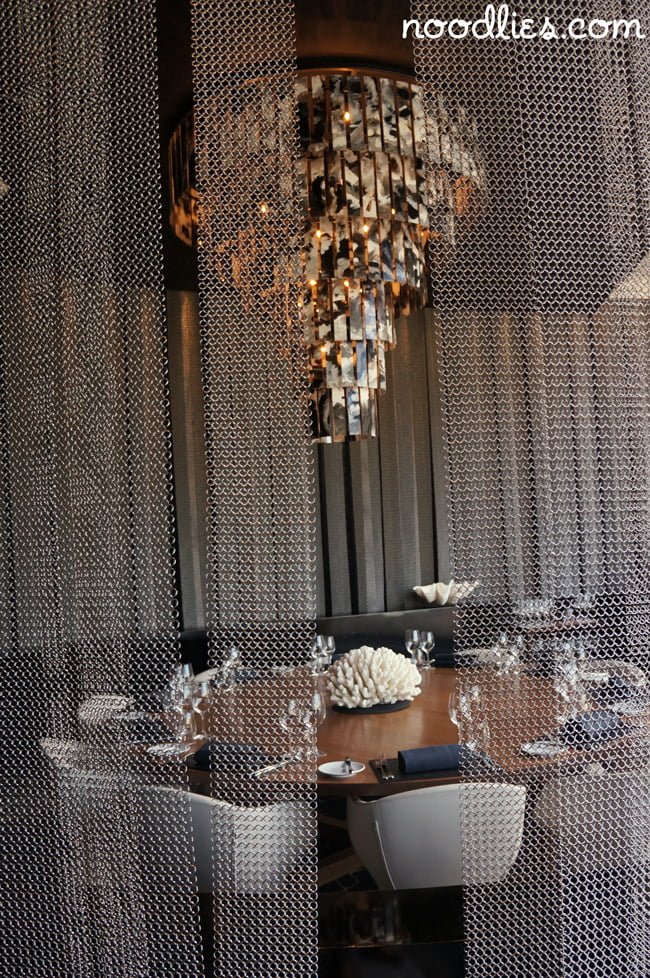
Angie Schiavone, Editor of Sydney Morning Herald’s Everyday Eats says diners are willing to rough it for good food and great value “You’ll cut a lot of slack if the food rocks your world, or the value-for-money is insane. Find a place that does both and it feels as if all your Christmases have come at once”.
But even she concedes “there are definitely instances where bad service can totally ruin a meal – even if the food and ambiance are brilliant”.
But surely, this only applies to the local cheap-and-cheerful. Masterchef and My Kitchen Rules have turned Aussies into fine food connoisseurs – where food and the chef demi-gods reign supreme, regardless of price or snooty service, right?
Food veneration is validated by more than 2,000 food blogs in Australia, many featuring mouth-watering food photos, retouched to near perfection – glowing pork belly, delicate ‘snow egg’ – all delectable food porn.
“I am guilty of retouching most of my photos… but I don’t feel guilty. Smart diners are increasingly aware that photos are usually retouched, just like models on a magazine cover” says Penny of popular food blog, Addicted and Consuming.
Penny, who has eaten at holes-in-the-walls as well as hatted restaurants, reckons bad service can ruin a fine dining experience “If I have less than good service at a hatted restaurant, than I am not going to be all smiles no matter how fantastic the food”.
But what do the masses think? What can ruin your dining experience even if the food was superb? When I posted this question on noodlies (my blog) facebook page, almost 100 responses flooded in, most nominated poor service. Some even rated service as the most important factor “Customer service is everything to me. It is the reason whether or not I return to the restaurant. The food is only secondary” said Thien.

“As a waiter, I am certainly a realist in that diners are eating with us for the food” says a humble James Audas, Sommelier at Black by Ezard and Australian Young Waiter winner of the Electrolux Appetite for Excellence program. But he asserts waiters play a key role in a restaurant experience.
When asked to give an example he recounts the previous night: a diner didn’t his mains ordered, so Audas changed it without fuss or additional charge “I would much rather have a happy customer and help them find something they enjoy rather than have someone leave unhappy”. At the frontline, waiters are the first and last people diners see, and are often able to rescue a situation.
According to The Dimmi Australian Dining Index, compiled using data collected from online bookings made by over 300,000 diners covering 2,000 restaurants, while food is the single most important factor, price, service and atmosphere combined are rated more highly when it comes to a great restaurant experience.
Business diners make up a fair slice of the fine dining pie and can often make or break an establishment. “I do rate an all-round experience. If you’re entertaining a client you want them happy” says TV executive, Adam Boland. He knows a bit about entertaining, Boland was Director of Morning Television at Channel 7 and then Ten.
“I eat at Aria a lot because the staff remember your name and your favourite drink… it builds a personal sense of loyalty and comfort” says Boland.
He says social media has forced service levels at top Sydney restaurants to shoot “through the roof… We all expect a certain standard and if we don’t receive it, we vent on twitter!”.
John Fink is the director of the Fink Group, owner of Quay Restaurant, consistently one of Australia’s highest ranked restaurant in the World’s 50 Best Restaurants list. He’s adamant a good restaurant is a sum of its parts and cites the four pillars of good hospitality as food, service, design and customers.
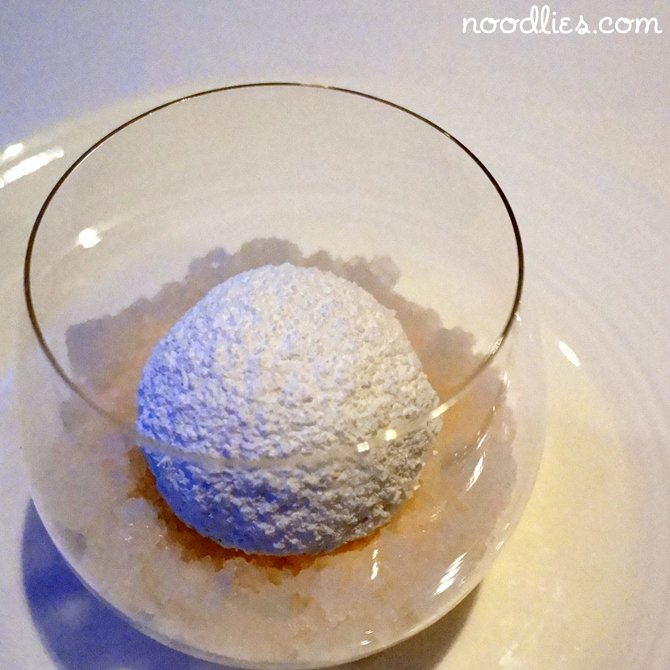
Fink says Peter Gilmore’s (Quay’s Executive Chef) food is among the most innovative in the country “you could serve Peter’s food in a cave… and I believe he would win accolades”. But he says it’s the service, Quay’s stunning views and the elegance of the restaurant that brings customers back more frequently.
“At the heart of every good restaurant is passion; passion in the people who create the food, who wait on tables, who meet and greet guests with warmth and grace – this is what makes the real difference between a good restaurant and a great one” Fink reckons.
Of course food is very important, whether it’s the local takeaway or Australia’s top restaurant. But we shouldn’t ignore great service, value and warmth of an establishment – maybe it’s time to thank these professionals for having passion.
This story was commissioned for goodfood.com.au
Photo credit: main featured photo of moving waiter by bunchofpants

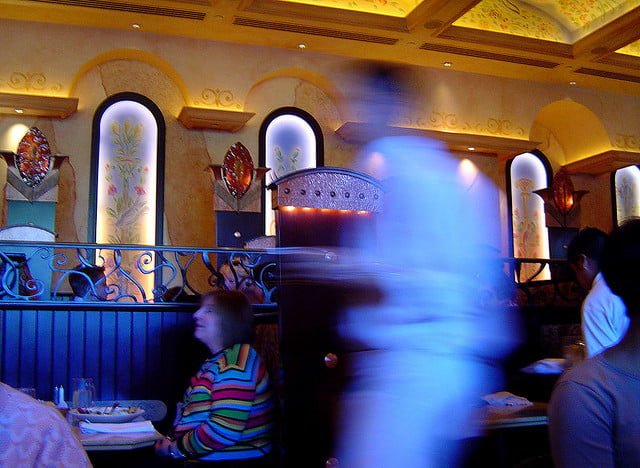
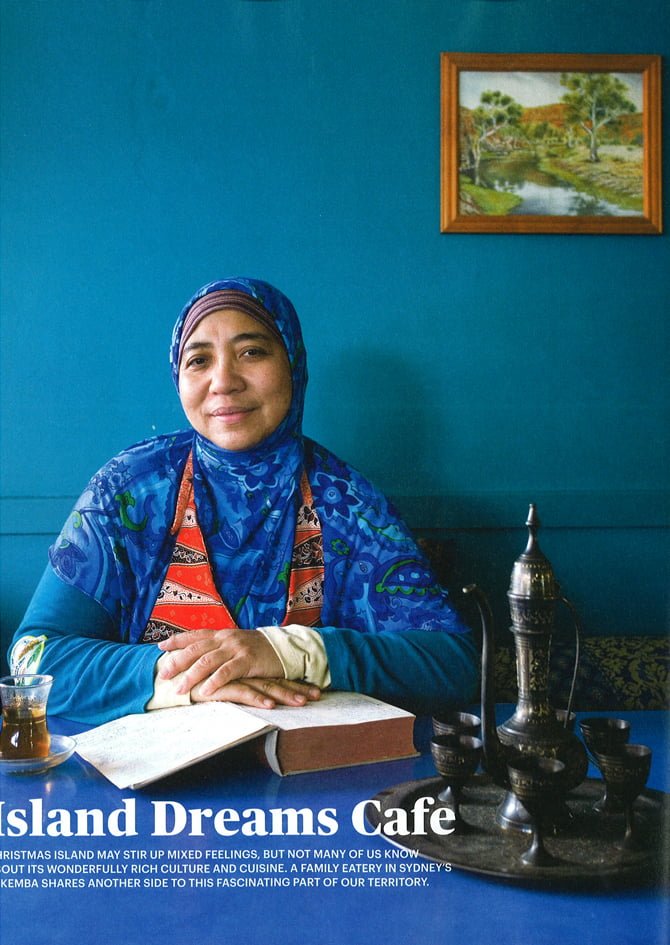
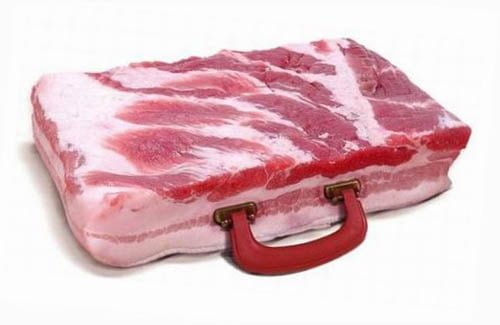

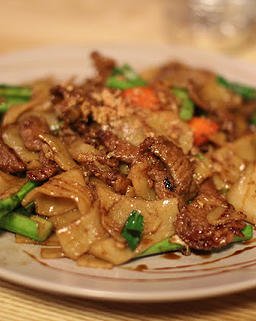

I think bad or even average service can ruin the food, but average food can be forgiven if service is really good.
For me, the most amazing food can leave a bad taste in my mouth, if the service is bad.
terrible service will mean I’ll never head back in. If you send them an email and they don’t even bother to reply? I’ll never recommend. Service at the end of the day matters the most. Food can be okay … rarely is food terribad.
I agree with you on this one Bob. One encounter of bad service = they’ll never see me again. There’s always better food elsewhere, there’s always many other places to go, no need to go back there anyway.
there was this one restaurant where i really loved the food but the service was terrible. because i really loved the food, i go back every now and then but not as much especially when you think about the past service experiences
Hey Thang,
Nice writeup here. I find myself agreeing for the most part with what others have been saying. There’s a pretty simple maxim that can be said of a restaurant:
Exceptional food can be found anywhere; great service a diamond in the rough.
In the context of living in Sydney, You should never have to choose between great food and great service. A shameful disappointment for all exceptions.
Definitely service. Especially in fine dining institutions… if the service isn’t up to par, especially when you’re forking over a near fortune, then it’s a disappointment all round. For cheaper eats, it still matters but I guess what you expect re: service is comparable to how much you pay.
The three hatters have no excuse for poor service, at those prices everything should be exemplary. For cheap and cheerful, then I don’t think we should be expecting the red carpet.